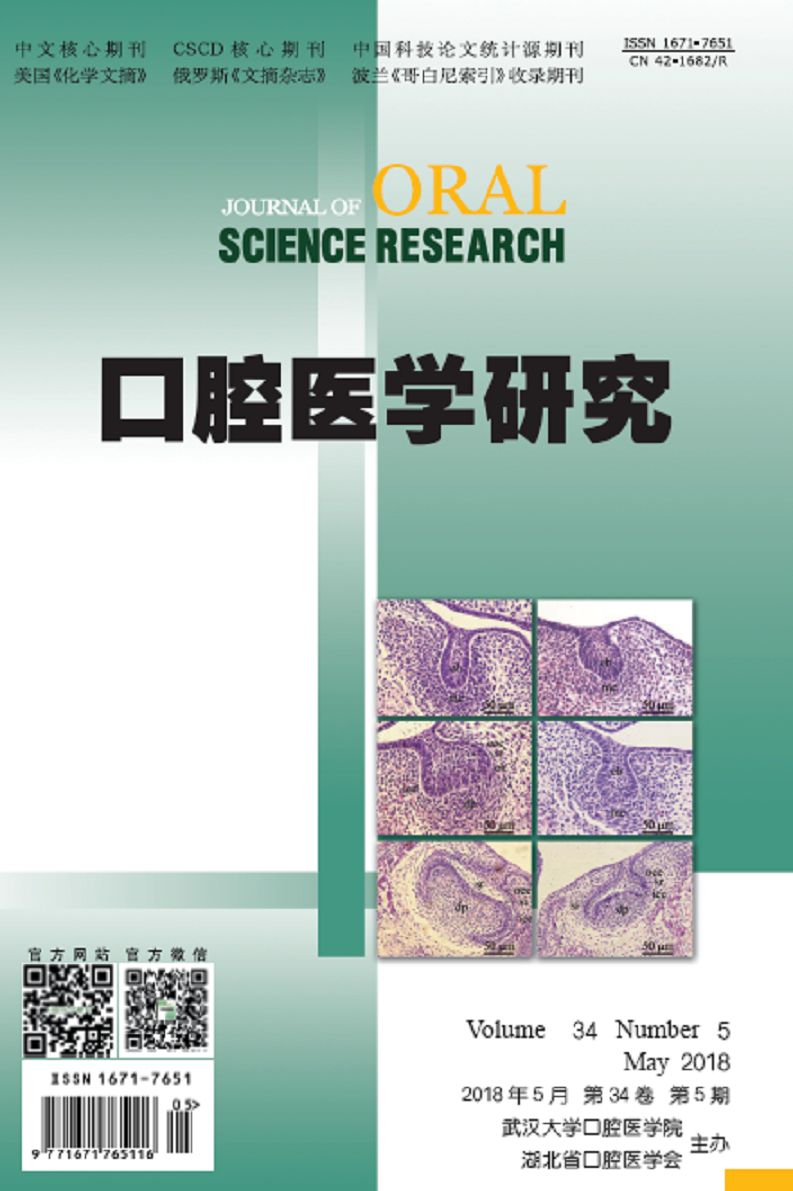|
|
Inhibitory Effect of Quercetin on ACC-M Cell Xenografts in Nude Mice in Vivo.
HOU Guo-ling, YAO Yao, WAN Guang-yong
2018, 34(5):
554-557.
DOI: 10.13701/j.cnki.kqyxyj.2018.05.022
Objective: To investigate the inhibitory effects of quercetin on the salivary adenoid cystic carcinoma cancer ACC-M cell in nude mice, and to explore its possible mechanism. Methods: ACC-M cells were inoculated subcutaneously on the right side of nude mice.The mice with tumor were randomly divided into blank control group, quercetin groups with low, medium, and high dose, and paclitaxel group. When the tumor diameter reached 6 mm, the tumor volume was regularly measured and the tumor growth curve was plotted. After 3 weeks of treatment, nude mice were sacrificed, the tumor was removed and weighed, and the tumor inhibition rate was calculated. HE staining and immunohistochemistry were used to detect the expression of VEGF and PCNA in tumor tissues. Results: After 3 weeks of treatment, the inhibition rate of each group was 11.45%, 37.67%, 42.49%, and 43.46%, respectively. The mean density of VEGF protein was (0.420±0.039), (0.367±0.040), (0.315±0.033), (0.270±0.016), and (0.298±0.044). Compared with the blank control group, the groups of quercetin was statistically significant (P<0.05). And the positive expression rate of PCNA protein was (68.45±3.05)%, (58.84±3.33)%, (49.83±1.81)%, (44.90±1.85)%, and (41.23±1.04)% (P<0.01). Conclusion: Quercetin can inhibit the proliferation of ACC-M cells in nude mice. The mechanism may be the inhibition of VEGF and PCNA expression.
References |
Related Articles |
Metrics
|

